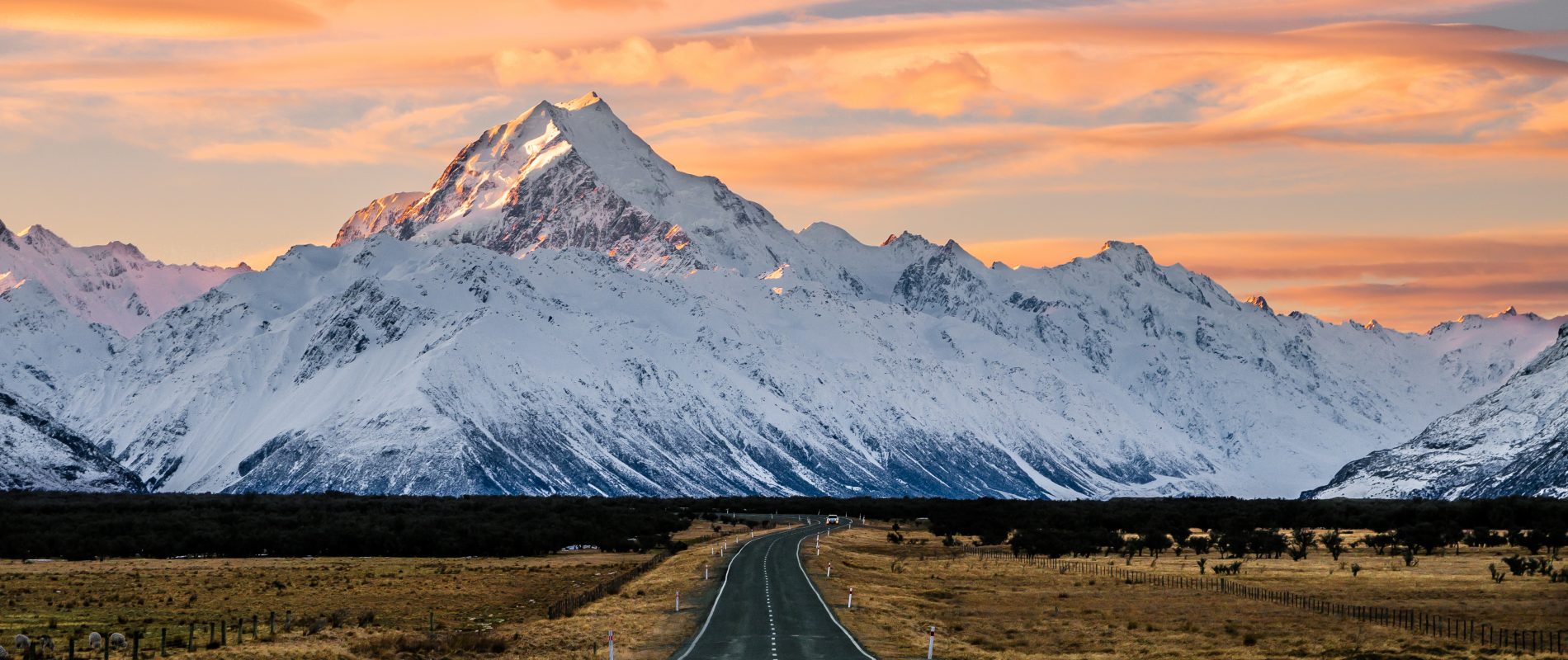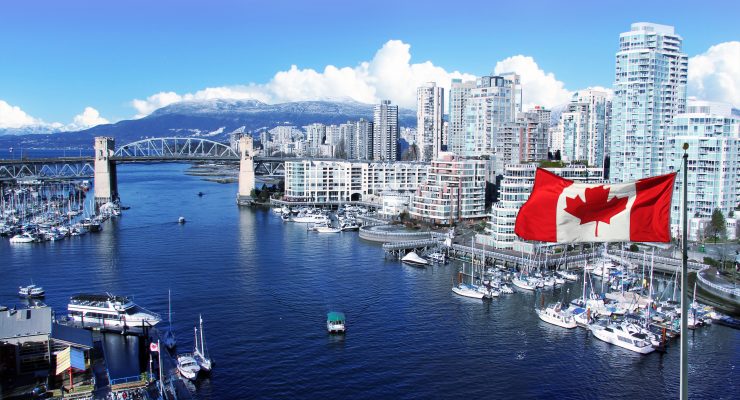Negotiations, purchase and change of ownership
Negotiations
You can try to negotiate a number of points with the seller:
- the price. You can always try for a discount!
- any repairs the vehicle may need. These have a cost and may be the previous owner’s responsibility to pay for them, rather than yours.
- the WOF and Rego. You can try to negotiate with the seller to partially cover these mandatory expenses.
- any RUCs that may be owed by the current owner of the vehicle.
The purchase
Once you’ve set a price for the vehicle, it’s time to make the actual purchase. Agree with the seller on the best way to carry out the transaction. This could be a bank transfer, payment via paypal or Wise, or payment in cash. If possible, take a torch with you to inspect your vehicle thoroughly. The first things to check are the following:
For cash payments (one of the most common), check that you will have sufficient funds available on the day of purchase. Many working holiday makers miss out on good deals because they are unable to withdraw the full amount requested. Banks don’t always allow large withdrawals and the money isn’t always available in full. Make sure you find out beforehand!
To avoid security problems, try to take someone with you when you go to buy the car from the seller. Ask a friend or someone you met in a hostel to come with you.
The change of ownership
You will then need to register your vehicle. This can be done very quickly at a post office and will cost you just under NZ$10. Bring your passport and your driving licence (or international driving permit or translation, if applicable).
You will need to provide your personal details for the seller’s registration certificate. If not, the seller will have to complete form MR13A while you complete form MR13B, which is available from the post office.
Once the fee has been paid, you will need to collect the receipt proving that the change of ownership has been completed.
When you sell your vehicle, make sure that the owner’s name has been changed. Otherwise, any problems the new owner might have will fall on you. To find out more, read this article on the New Zealand Transport Agency website.












 Français
Français English
English




0 comments
{{like.username}}
Loading...
Load more